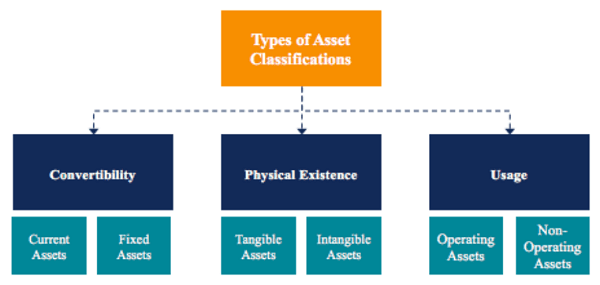
Since then, different concepts that assured the strength of youth emerged. This optimistic and strength-based approach is termed as positive youth development perspective (Heck & Subramaniam, 2009 Qi et al., 2022). The approach focused on the strength of youth, plasticity of human development and resilience (J.V. In reaction to deficit approach studies, a new way of approaching youth was developed 1990s onwards. The approach was also criticized due to its incapability of addressing goals of psychology such as promoting life satisfactions and fulfilment in all people and identifying and stimulating above average talents (Sligman & Csikszentmihalyi, 2000) and the diverse aspects of life such as vocational career, academic achievement, creativity and development (Hefferon & Boniwell, 2011). The approach also leads youth to invest little effort to bring positive effect in their life (Lerner, Lerner et al., 2006). These drawbacks include magnifying youth’s weaknesses and limitations without considering their strengths, resources, capacities, potentials and needs (Qi et al., 2022 Search Institute, 2016 Shek et al., 2012).

Scholars on developmental science gradually identified the drawbacks of this approach. Practitioners followed a disease-oriented biomedical model to understand and treat pathology as a result, their approach attributed the source of illness to the individual (Wright et al., 2013). Interventions and programs using deficit approach focused on fixing young people’s problems, planning programs doing something to youth (Search Institute, 2016), protecting factors which lead youth negative outcomes (Heck & Subramaniam, 2009), treating youth problems before they brought serious harm to youth and the society (Damon, 2004), treating mental illnesses, repairing damages, and abnormalities (Carr, 2004). Therefore, the present study examines developmental assets of youth in Ethiopian Universities and its influence on their academic achievement.Įarlier studies targeting youth (Qi et al., 2022 Search Institute, 2013 Wright et al., 2013), theoretical assumptions of youth (Arnett, 2006 Lerner et al., 2008), policies and interventions targeting youth (Lerner, Alberts et al., 2006) indicate that youth were treated using deficit approach, and the aim of different intervention programs were fixing youth problems and preventing them from risky conditions than promoting youths’ strengths and fostering their competencies (Lerner, Alberts et al., 2006 Lerner, Lerner et al., 2006 Qi et al., 2022 Search Institute, 2013). The focus of this study was to examine youth developmental assets and its relationship with their academic achievement.Īccordingly, this study was designed using strength-based approach because this approach assumes that if youth are nourished within a favourable environment, they will have potential to thrive, to promote their development, and they will also be successful in achieving different outcomes including academic achievement. These developments are the outcome of different factors, which include the interaction of youth with the external context in which they live. To make them better adults, the youth’s cognitive, social, and physical components of development should be developed and nurtured. Thus, to create a better society, stimulating youth’s development is crucial. The success of future generation is highly determined by the contribution of the present youth. Creating supportive university environment, enhancing students’ commitment of learning and strategies to empower females in accessing developmental assets were recommended to promote students’ academic achievement. The standard regression result showed that components of developmental assets explained 28.9% of the variation in students’ academic achievement. The MANOVA result indicated that males scored a statistically significant higher mean in accessing external developmental assets than females. Students scored statistically significant higher mean than the expected mean in their internal developmental assets while they scored significantly below the expected mean in their external developmental assets. College asset measurement profile for undergraduate students and academic record of students were used to collect data. Data were collected from 375 (146 females& 229 males) students in three universities using multi-stage and stratified sampling.

This study was carried out using strength-based approach to examine the interwoven influences of youth developmental assets in thriving students’ academic achievement.


 0 kommentar(er)
0 kommentar(er)
